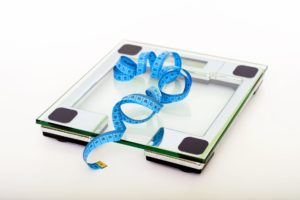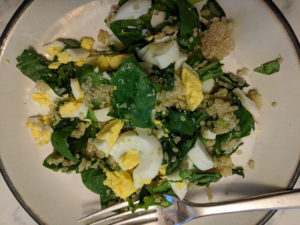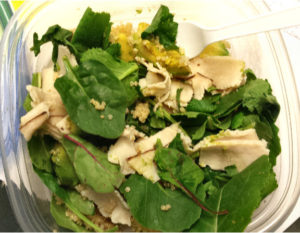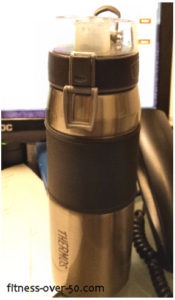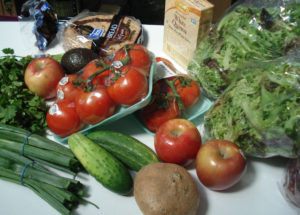 Summer’s coming! Summer means fewer clothes, and less material to hide in. I said it before – I hate those rolls over my waistband. And when I’m just wearing a T-shirt and jeans, those rolls can be highly visible. So now is the time to do something about it! Before it’s tank top and shorts season!
Summer’s coming! Summer means fewer clothes, and less material to hide in. I said it before – I hate those rolls over my waistband. And when I’m just wearing a T-shirt and jeans, those rolls can be highly visible. So now is the time to do something about it! Before it’s tank top and shorts season!
Nutrition and fitness experts all say that abs are made in the kitchen. That means that to look good we have to focus on what we eat. And nutrition experts agree that fruits and veggies are the focal point of those abs. (Not that looking good should be the main reason you lose weight! It’s certainly a factor, but health is my motivator.)
Jennifer McDaniel, RDN, nutritionist and owner of McDaniel Nutrition Therapy in St. Louis, says that we should up our intake of those fruits and lower-carb vegetables to about 10 servings a day. Figure that a serving is about a cup. Start with those first, and by the time you’re done with the fruits and veggies you won’t want many carbs or sweets.
Half of each meal should be predominantly vegetables, then fruits, and whatever’s left protein. Carbs are an afterthought.
Same for snacks. Half fruit or veggies, and perhaps a little nut butter on the apple slice.
And don’t forget to hydrate! Hardly anyone drinks enough water! I recently read a couple of sources that agree that we should each drink 1/2 to 1 ounce of water for every pound we weigh. So a 150-pound person should drink at least 75 ounces of water every day. Start early and drink all day! It sounds tough, but it’s easier as the temperature gets warmer. So, start now and by summer you’ll be used to it!
Water also has the added benefit of making you feel more full. Start every meal with a chug of water.
Studies have found that people who focus on drinking more water and eating more fruits and vegetables without counting calories lose more weight and keep it off!
There’s incentive!


